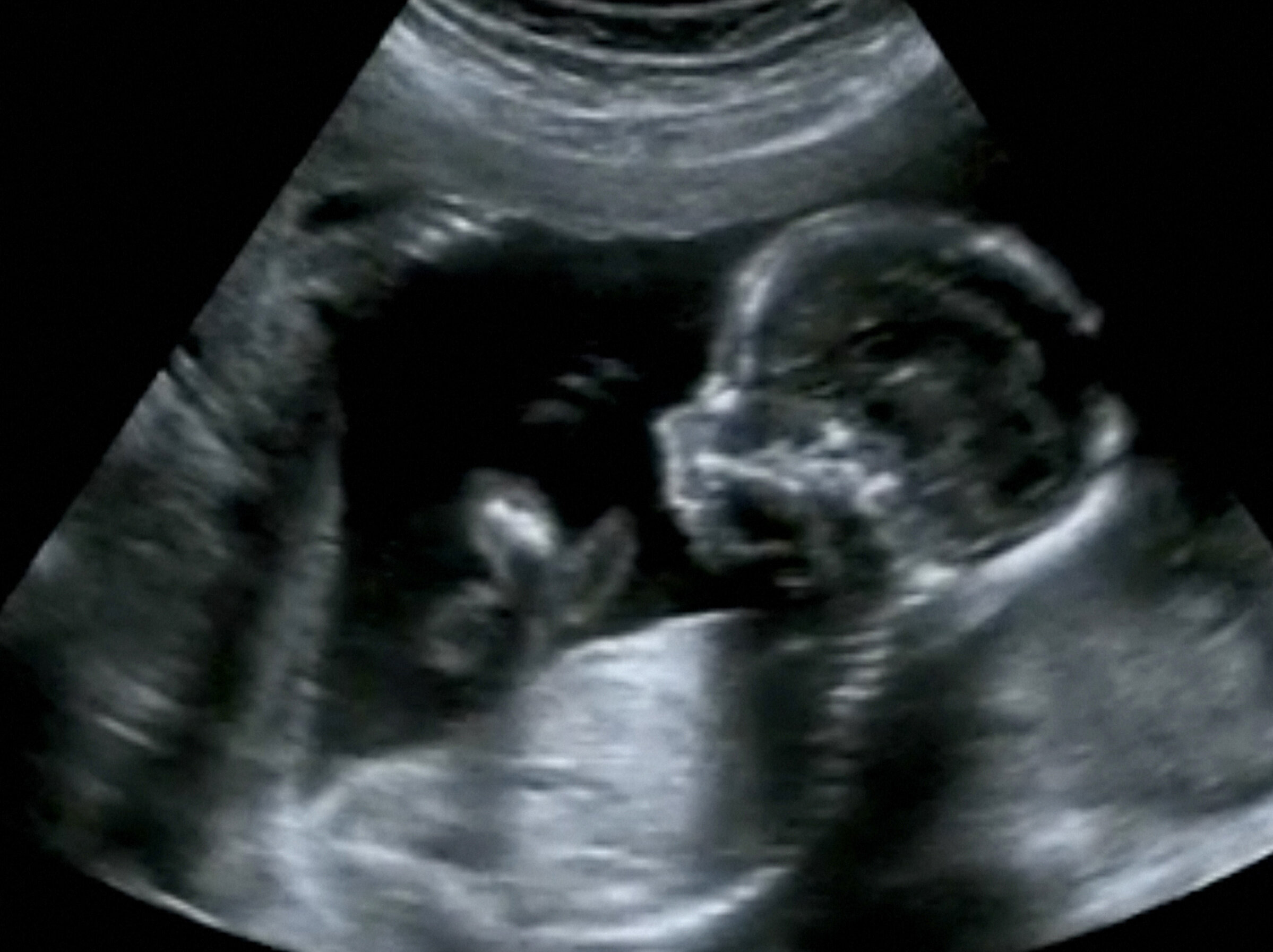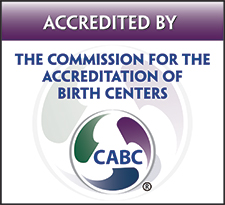This blog was originally published & written for Chicago Birth & Baby in October 2016 and has been republished here.
By the time I sat bleeding in my bathroom at thirteen weeks and some days of pregnancy, I’d already fallen in love with the idea of a January baby. I had envisioned a winter home birth and snuggles with my newborn and older daughter while the snow fell quietly in Chicago. I had imagined anxiously awaiting the birth of my baby over the holidays. I had decided that the three years and four months that would separate my children was just perfect.
So when they told me there was no fetal heartbeat, I was crushed. My body had lied to me with nausea and fatigue and loosening hips that no longer fit into my regular pants. There would be no baby after all.
I had seen a tiny baby on ultrasound, so even though everyone talks about miscarriages like they’re just clots and tissue, I knew a tiny baby was going to come out. And in the quiet of my home on a July day that was too sunny for my experience, after a couple doses of black cohosh and a few hours with a rice sock and cramping, it happened: a warm gush of amniotic fluid as my water broke followed by a tiny baby with fingers and toes and an umbilical cord that I examined in the palm of my hand, anxiously looking for answers that I knew I wouldn’t find.
We buried it the next day in a small wooden box that our wedding rings came in. It was a strange and beautiful experience–raw and bloody and bittersweet with love and loss, a home birth in July instead of January, an experience so intimately close to my heart that I, the woman who posts her birth photography and breastfeeding pictures on social media, couldn’t bear to share the story publicly until well over a year later.
I am a part of the silence that women keep about pregnancy and infant loss. We moved from the home where the miscarriage occurred, and it took me over a year to drive by to see if the tree we planted was still there (it’s not, and I am still unsure whether or not that bothers me). When I looked for an image for this blog post, I remembered that I did not have it in me to light a candle last October. The miscarriage was far too fresh.
By the time the placenta finally came out days later, after some periodically alarming bleeding that I was too overcome with grief to worry about, I was angry at my luck. Young, healthy women in their twenties don’t often have miscarriages at the very end of the first trimester. I was sad that my waste of a pregnancy had diminished my milk supply and changed my nursing relationship with my toddler. And although few people actually knew I was pregnant, you can imagine what it was like to un-tell them.
Less than two months later I was again staring at a positive pregnancy test with a mixture of joy and anxiety. I wouldn’t be telling anyone about this pregnancy for quite a while–in fact, people eventually started asking as I approached twenty weeks. Ten weeks into the pregnancy, the bleeding began. A trip to the emergency room revealed that in addition to a baby with a strong heartbeat, I had a subchorionic hematoma. The ER doctor told me to go home and await my miscarriage. Although my midwives did not quite agree with that interpretation, the fact that I continued to spot and bleed every single day until nearly 20 weeks was not the most reassuring sign.
Pregnancy after loss is often metaphorized with rainbows, and expectant women refer to their “rainbow babies,” posing for maternity pictures with rainbow gowns and purchasing rainbow accessories for their soon-to-arrive babies. Nothing about this pregnancy felt like a rainbow, and I surely wasn’t buying any multi-colored accessories. In fact, there was no part of me that was convinced that this pregnancy would culminate with a living full term baby. The miscarriage robbed me of the innocence and naivety that often accompanies pregnancy. My baby boy arrived healthy and safe at the end of May, and I bonded to him immediately. There was a strangeness falling in love with a baby who would not exist had I not experienced a pregnancy loss 10 months before. I love the baby that is here, but you’ll never hear me pretend that my loss was “meant to be.”
October 15th is Pregnancy and Infant Loss Awareness Month. Approximately one in five women experience pregnancy loss, so while it’s not an uncommon phenomenon, women are rarely vocal about it. Some of my clients have shared their intimate stories of loss with me, and those stories of strength and sorrow were of great solace to me when I struggled with my own loss.
Not just this October but always, I give you permission to grieve at any stage of pregnancy or infant loss. I want you to know that no emotion is bad or abnormal. We see you, hear you, and support you.




